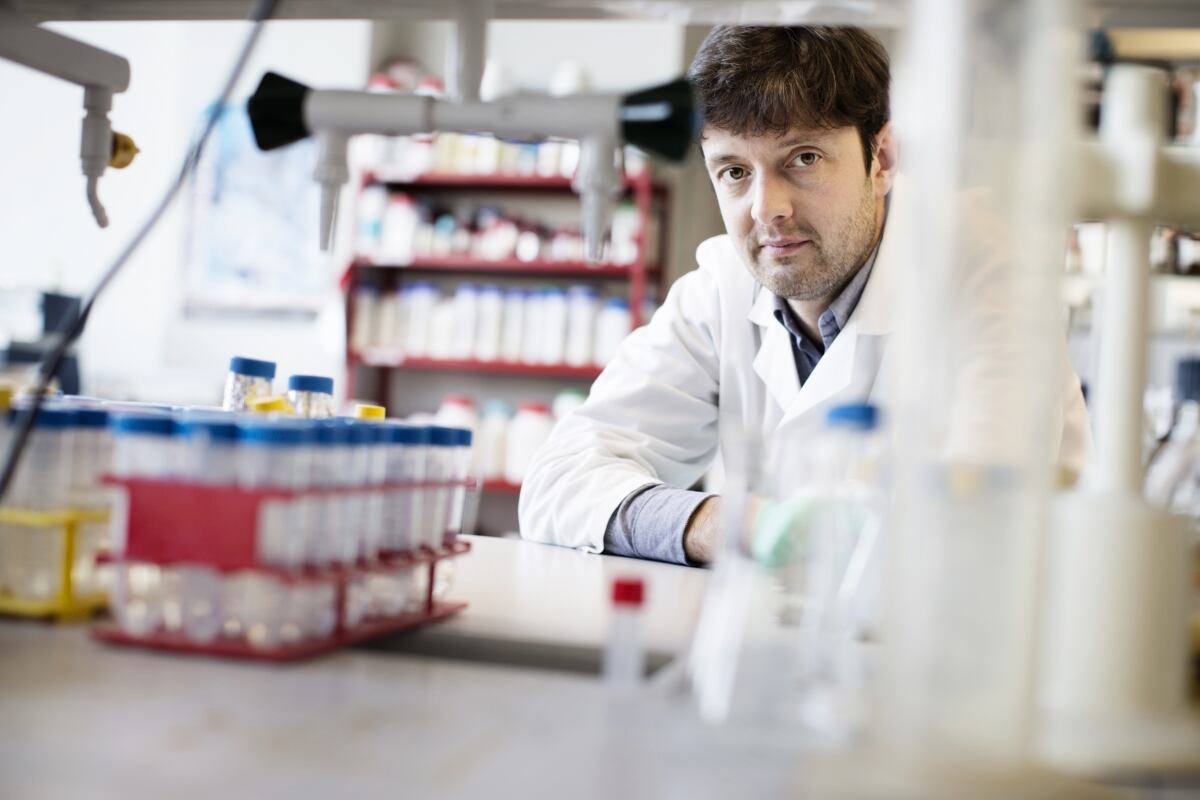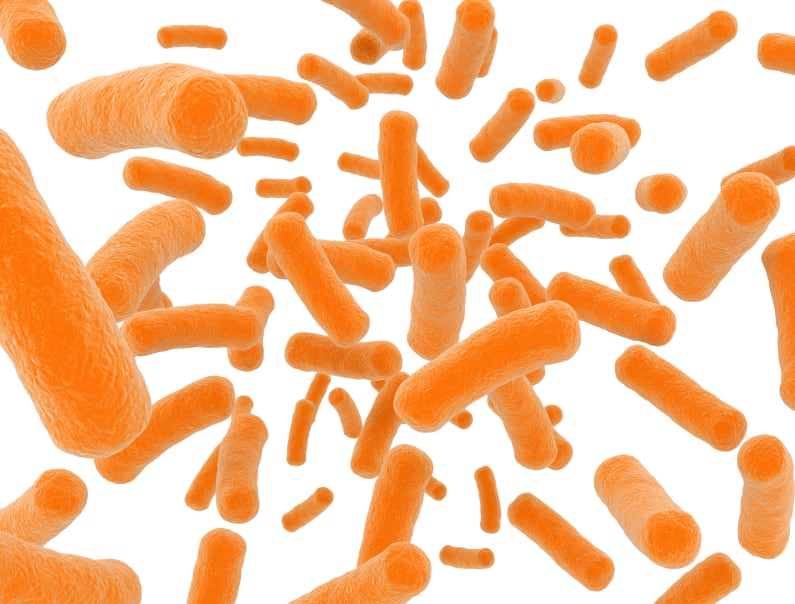The novel method, published in Nature, uses a combination of microbiome sequencing and flow cytometry to give a ‘true’ quantitative microbiome profile given as numbers of cells per gram, rather than as a percentage as have previously been done.
Led by Professor Jeroen Raes of VIB-KU Leuven, the team behind the new method suggest that it allows for both fast and accurate measurement of the bacterial load in faecal samples.
“Until now, proportional approaches have been the standard in microbiome research,” said Raes. “However, without quantitative data, percentages cannot tell you whether a particular bacterium is actually becoming more abundant under specific conditions.”
“A proportional increase could just as well imply that this species of interest is just maintaining is initial levels, while all other taxa are declining,” he noted. “This makes it very difficult to link microbiome data to quantitative health parameters and infer disease mechanisms.”
“With Quantitative Microbiome Profiling, we are one step closer to solving this issue.”
The QMP revolution?

The team noted that current comparative analyses methods that look at relative microbiome data cannot provide information about the extent – or directionality – of changes in abundance or metabolic potential in the microbiome.
For example, if the amount of bacteria in a sample (known as the microbial load) varies a lot between samples, then using relative profiling of the species percentages alone would block an attempt to link features of the microbiome to other more quantitative data like physiological parameters or metabolite concentrations.
“Relative approaches ignore the possibility that altered overall microbiota abundance itself could be a key identifier of a disease-associated ecosystem configuration,” the authors write.
“Although our workflow does not address all of the current biases in microbiome research, it presents a method that is straightforward and easy to implement and that permits the quantitative assessment of microbiota variation,” they added.
The because it combination of methods used provides a ‘true’ and quantifiable measure of bacteria in stool samples, the QMP method can be ‘readily applied’ to investigate variations in microbiota that occur between individuals or over time, to look at associations with diseased or healthy states, or the implications of specific disease treatments, said Raes and his colleagues.
“Given its throughput and technical feasibility, QMP should permit us to assess key microbiome findings founded on relative profiling, in a quantitative context,” they said – adding that with minor modifications, QMP can also be translated for applications in any meta-omic workflow, “enabling clinical microbiomics to move towards becoming a quantitative diagnostic science.”
Implications and applications: Early promise
The Belgian team have already performed, and report on, a series of benchmarking tests of the new quantitative approach versus traditional relative approaches using simulated data (based on negative binomial distributions). The initial tests showed both increased detection of true associations (meaning an increased sensitivity) and also a decreased false discovery rate (meaning fewer false negatives).
Furthermore, when used with real world samples from the Flemish Gut Flora Project – which Raes and his team launched back in 2012 – the team were able to identify new groups and associations that had previously been unclear.

“Using the Flemish Gut Flora Project database, we were able to identify a new microbiota community type based on quantitative findings,” said Raes. “This enterotype is characterized by a low microbial load. It harbours lower abundances of taxa that might play a role in maintaining a healthy gut ecosystem.”
Raes noted that while this gut enterotype was seen in a minority of healthy volunteers, it is ‘by far’ the most common microbiota configuration seen in people with Crohn's Disease.
“Using Quantitative Microbiome Profiling, we observed that faeces from Crohn's Disease patients harbour up to 50 times less bacteria than those of healthy volunteers,” said Professor Séverine Vermeire, a gastroenterologist at UZ Leuven/KU Leuven and co-author of the study.
“This striking decrease in bacterial abundance appears to be a key element of dysbiosis in Crohn's Disease,” she said, noting that the next steps will be to find out whether having a low cell count enterotype increases risk of developing Crohn's Disease – “and if so, what can be done to prevent it.”
A further example of how the new QMP method may shine new light on existing issues is in the often reported ‘trade-off’ between Prevotella and Bacteroides – which are two of the three original enterotypes described by Raes and colleagues back in 2011.
“Quantitative profiling bypasses compositionality effects in the reconstruction of gut microbiota interaction networks and reveals that the taxonomic trade-off between Bacteroides and Prevotella is an artefact of relative microbiome analyses,” said the team.
“In contrast to Prevotella, Bacteroides QMP abundances correlated strongly with total microbial loads, resulting in the loss of any significant association between these two genera in a quantitative context,” they added.
Real-world application?
Commenting on the new methodology, the International Probiotic Association (IPA) scientific committee told NutraIngredients that taking into account microbial load when sampling the microbiome is a step forward: “Microbiologist may tend to think in Logs and a three-fold difference is not so big. But the authors show convincingly that it may have implications on the interpretation of the results.”
They noted, however, that since Raes and colleagues had ‘close to optimal’ conditions for using samples, the process may need to be ‘worked out’ some more before use in ‘real life’ situations where frozen samples are commonly used.
Raes and his team do note in the Nature paper that there may be a difference in the way that samples were assessed, but added that further analysis suggested similar results.
“Because microbiome analyses often begin with frozen material and freeze–thaw cycles can affect cell integrity, we compared counts obtained from both fresh and frozen faecal aliquots and found them to be strongly correlated,” the authors wrote.
Source: Nature
Published online, ahead of print, doi: 10.1038/nature24460
“Quantitative microbiome profiling links gut community variation to microbial load”
Authors: Doris Vandeputte, et al
